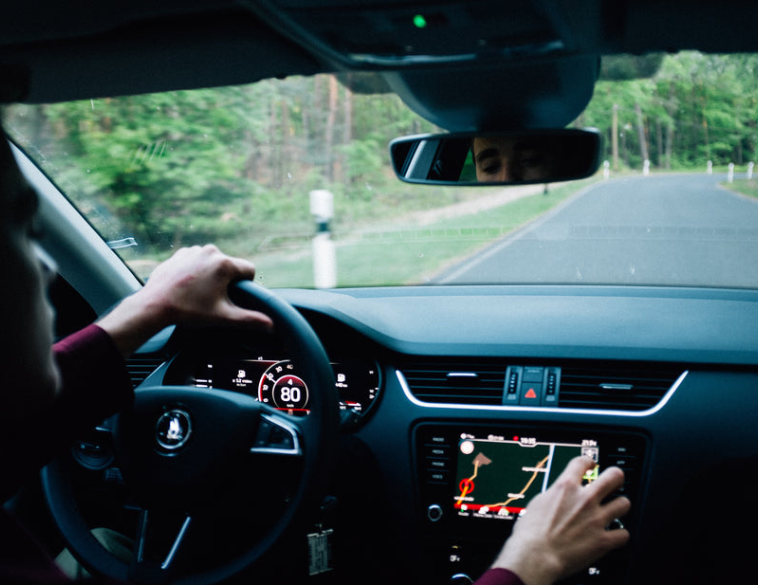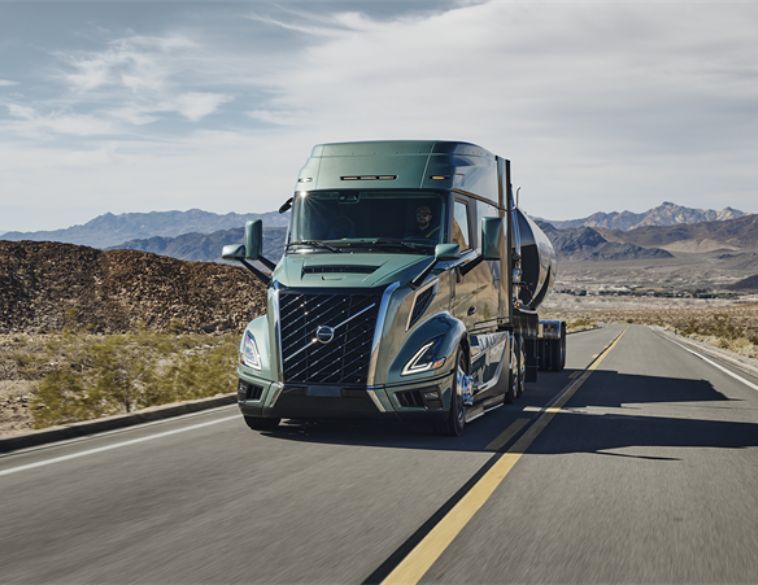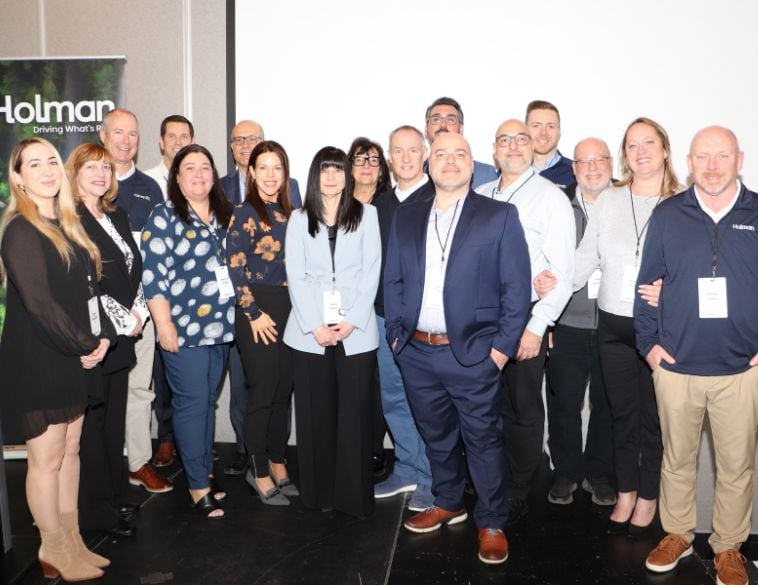Modern telematics solutions can help organizations with complex business decisions, even beyond the fleet department’s purview.
While some fleet managers may think “GPS tracking” when they hear the term “telematics,” today’s advanced technologies go way beyond simply keeping an eye on the whereabouts of your assets. In fact, the data collected with telematics allows companies to make complex business decisions.
“We have spent a lot of time figuring out how to present all that data [to our customers] and how to glean value from the massive amounts of information,” explains Derek Grover, VP Technology & Operations, Jim Pattison Lease. “One trip made by one vehicle, for example, would have thousands of data points or more. Learning how to harness that data is really important.”
The vast amounts of data can be used to answer a variety of business questions. One key area of interest is vehicle utilization, and telematics can help fleet managers determine which vehicles are being used, which ones are not, as well as where they’re being used and for what purposes.
“You’re paying X number of dollars a month to lease a vehicle,” Grover adds, “so you want to know if you’re getting value out of it. Is it on the road for two hours a day, or seven hours a day? If a vehicle is being used just for transitioning from work to home, maybe there’s an opportunity to use that vehicle in another capacity while the driver of that vehicle is at the office. Could that vehicle be freed up for midday deliveries?”
Knowing where all your assets are, and how they’re being used, will allow you to make a business case for either adding vehicles to your fleet, maintaining the status quo, or selling vehicles that aren’t needed. “Imagine if you don’t need five vehicles, for example. Instead, you can do the same jobs with two or three vehicles.” Grover explains. “That can make a big difference on a larger scale.”
Another key area of concern is safety and driver behaviour. In short, bad drivers are expensive. So if telematics can help fleet managers determine which drivers are a problem, and which ones need additional training, they can address the issues, improve driving habits, reduce the possibility of a collision and subsequent downtime, and cut costs in the long run.
The third area of concern, according to Grover, is the greening or decarbonization of fleets. “Telematics can help fleet managers analyze the behaviour of an internal-combustion-engine [ICE] vehicle, and determine whether or not an EV would be appropriate for that use case,” he adds. “We can run assessments, just purely on the data that’s coming in from the telematics device, to be able to say that switching a certain number of [ICE] vehicles to EVs would make financial sense, despite the higher cost of a EV, and the cost of the infrastructure.”
Digging into the data
Kathryn Foster, Director of Strategic Services at Holman says that telematics has been widely accepted in the fleet industry. Fleet managers have discovered that they can do so much more with the technology than they ever imagined. Instead of simply tracking vehicles and driver behaviour, she says her clients are ready to dig down into the data in order to gain insights that will help them with bigger business decisions.
“A certain vehicle, for example, may have been down four or five times in a given time period,” she explains, “and that relates to 15 business calls that you weren’t able to do, which will have a huge impact on your business.”
She says that the power of telematics can be leveraged to look at the bigger picture, and help organizations make business decisions that impact their entire operation—not just the fleet department alone.
“We can take that data and build it into a larger plan,” Foster explains. “It could be a client that may be merging their telemetry data with scheduling or routing. So they’re taking on some other initiative in their business, which may be outside of fleet, but they’re combining their telematics data with other information to see if those business decisions make sense.”
When it comes to swapping out ICE vehicles for EVs, Foster says that the process is more complicated than simply looking at the average distances driven by a particular ICE vehicle and comparing it with the range available on an EV. That simple math goes out the window, she argues, when you factor in the need for upfitting. Here again, telematics can prove to be invaluable.
“You need to understand how you’re loading that EV, and the way you upfit that vehicle will have a dramatic impact on how it performs out in the field,” she says. “It’s also important to continue collecting telematics data once those vehicles are on the road, because we are taking a bit of a leap of faith here. We can figure out the upfitting and payload, but we don’t always knows how different people within that fleet may operate that vehicle and load that vehicle. So once you have the vehicles on the road, you can actually measure what they’re actually doing, which in turn will allow you to determine which percentage of your fleet is really EV-suitable.”
Driving blind
Sasha Arasteh, E-mobility and Services Manager- America, Shell Fleet Solutions agrees that we’ve come a long way since telematics was first introduced to fleet. “Even just a few years ago, people thought of telematics as just GPS tracking,” she says. “They didn’t think of it in terms of harnessing the power of the data to make informed decisions. Without it today, fleets are almost driving with their eyes closed. They’re missing out on [information] that is right in front of them, and that can make an impact to their bottom line.”
She offers advice to those fleet managers who would like to take advantage of the power of telematics, but aren’t sure where to start. “A lot of customers know us today for our fuel card,” she says, “and so that’s usually a good starting point. They love a lot of the features and benefits of our fuel card, so we can help them connect the dots further. That’s when we start to talk to them about telematics.”



